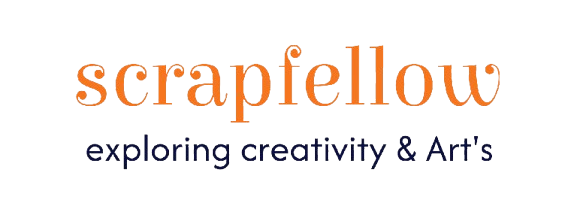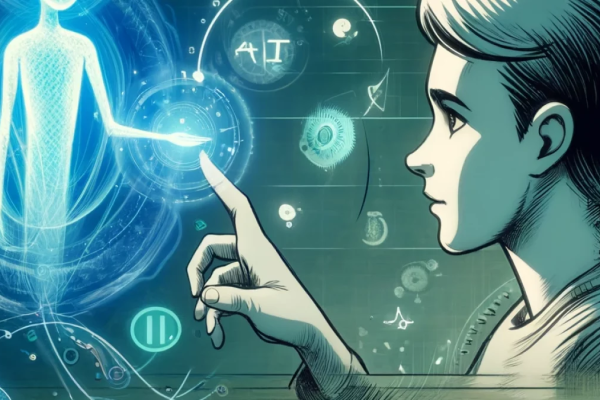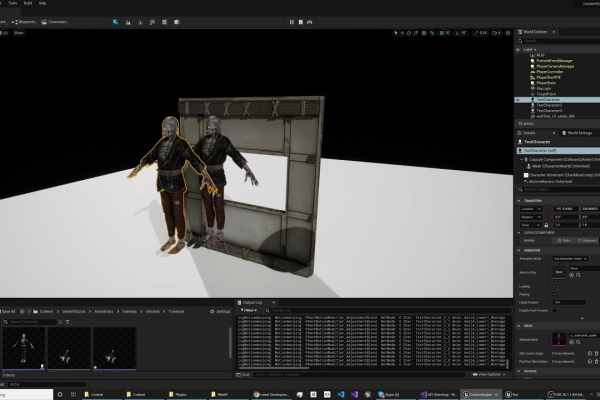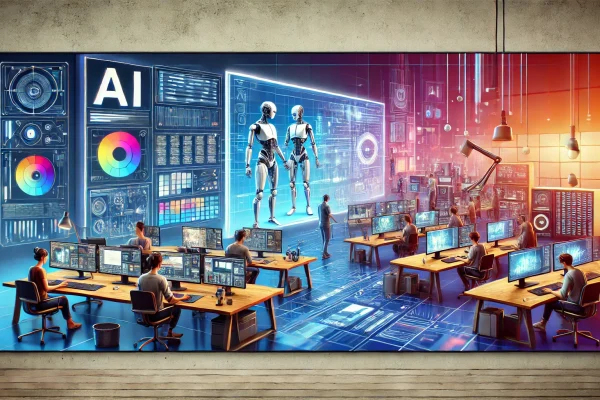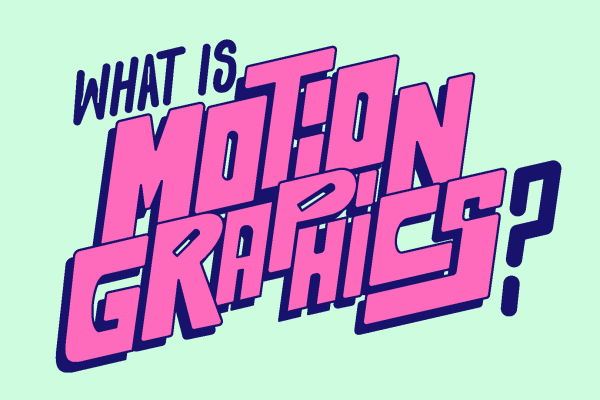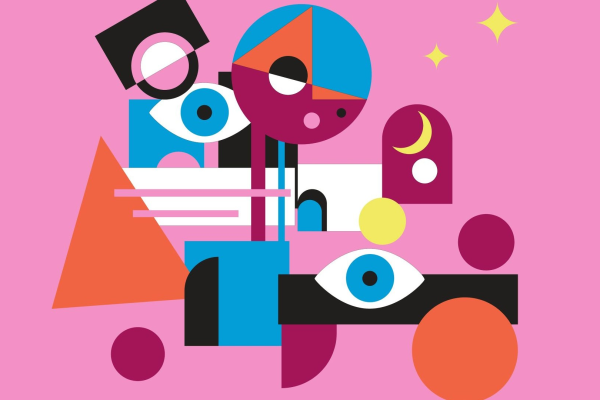
3 Essential Motion Graphics Trends in 2025 You Should Know
Motion graphics are evolving rapidly, and in 2025 there are three standout trends designers and brands need to adopt to stay ahead. First, AI-powered workflows are transforming how animations are made—tools like Adobe Sensei and Runway ML now automate key-framing, color grading, and scene transitions, reducing manual tasks and freeing designers to focus on creativity. Second, 3D…
